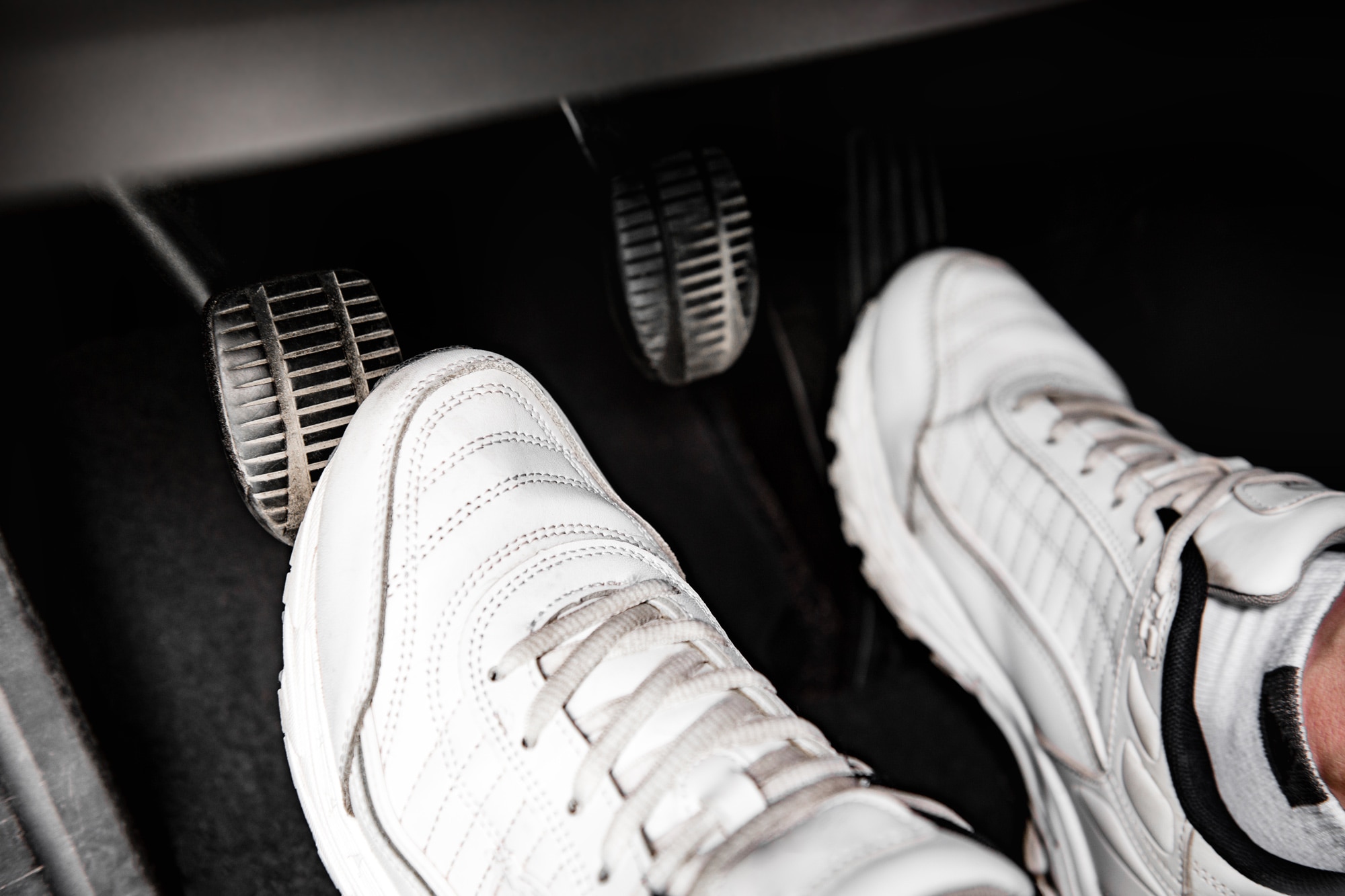What Does Riding the Clutch Mean?
It might make driving in traffic a little easier, but excessive use of the clutch can cause premature wear.
 Shutterstock
Shutterstock
As of 2023, less than 2% of new vehicles were sold with manual transmissions. This means fewer and fewer drivers are learning to operate a car with a traditional clutch pedal — a third pedal left of the brake — and stick shift.
Those who learned to drive with a manual transmission probably remember being told not to "ride the clutch." Here's what riding the clutch means and how proper use of the clutch pedal can maximize the life of your transmission.
The Clutch Is the Connection Between the Engine and Transmission
The clutch is a vital connection between the engine and the transmission.
After fully depressing the pedal, drivers use the shift lever — the "stick" — to select a gear and the clutch pedal to control how fast the engine and transmission engage. Once the transmission and engine are linked by the clutch, the driver is free to "step on the gas" and get the car moving. For new drivers this may sound complicated, but with practice it becomes second nature.
The clutch pedal is not an on/off switch. Engaging or disengaging it should be a smooth process that allows engine power to gradually transfer to the transmission.
Riding the Clutch Means Overusing the Third Pedal
Riding the clutch generally refers to a habit of partially depressing the pedal while driving. For example, constantly resting a foot on the clutch pedal can allow it to partially engage.
That partial engagement makes for significantly more wear on the clutch disc, which is similar to a brake pad, in that it's made of material meant to wear down over time.
When the clutch is mainly worn during first-gear starts, as designed, its useful life can be many thousands of miles. When it's constantly slipping as a car is driven, it's not going to last as long.
Engaging the clutch and holding it while waiting at a stoplight is another bad habit. Some drivers hold the clutch rather than shifting out of gear, releasing the clutch, using the brake, and then repeating the sequence to get back into gear and moving again. While holding the clutch in at a light may take less movement, it puts extra strain on the components in the transmission.
Riding a Clutch Greatly Accelerates Wear Over Time
A worn clutch can exhibit several symptoms. Drivers may notice a shuddering during acceleration, rattling noises as the pedal travels to the floor, or even slippage. A slipping clutch will be obvious, as pressing the accelerator won't directly translate to movement. You may also notice a telltale burnt-metallic smell.
While the clutch is designed to be used for thousands of miles, the additional strain of riding it can lead to premature wear. By design, the clutch will wear out over time, so it's good to tailor your habits to prolong this vital component's life. Clutch replacement costs reflect the fact that the transmission must be removed to accomplish the service, and prices often stretch well into four figures.
Written by humans.
Edited by humans.
Related articles
View more related articles
